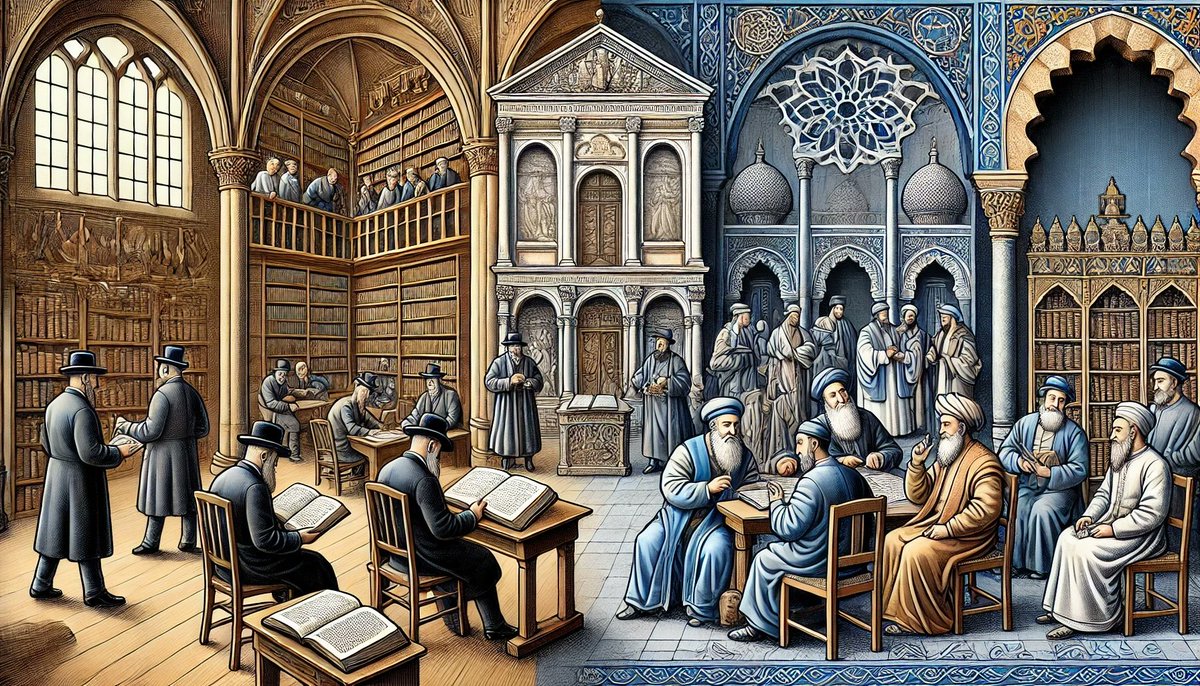
How to get URL link on X (Twitter) App


 When Jews call Hamas "Amaleq," we are invoking zekher to name cruelty. To resist its return, whether in ancient garb or modern uniforms. You want to talk scripture? Let’s talk. But if you weaponize our texts while ignoring ʿAqṣā Deluge theology, Shahada propaganda, and genocidal hadiths chanted in real time, then you’re not after truth. You’re after absolution.
When Jews call Hamas "Amaleq," we are invoking zekher to name cruelty. To resist its return, whether in ancient garb or modern uniforms. You want to talk scripture? Let’s talk. But if you weaponize our texts while ignoring ʿAqṣā Deluge theology, Shahada propaganda, and genocidal hadiths chanted in real time, then you’re not after truth. You’re after absolution.
 People are stuck in the world of “X is a language and so distinct.” But these are post-Enlightenment categories. Modern linguistics carved boundaries that living speakers never recognized.
People are stuck in the world of “X is a language and so distinct.” But these are post-Enlightenment categories. Modern linguistics carved boundaries that living speakers never recognized.
 🏛️ Iraq Before Shlaim, Co-existence
🏛️ Iraq Before Shlaim, Co-existence
 worldjewishcongress.org/en/legacy-of-j…
worldjewishcongress.org/en/legacy-of-j…

 ✍️🏽The Meghilla and the Debate Over Writing
✍️🏽The Meghilla and the Debate Over Writing
 🕍 Jesus' Identity Embedded in Jewish Tradition
🕍 Jesus' Identity Embedded in Jewish Tradition
 🐉 Peterson’s Perspective: The Reality Within Myth
🐉 Peterson’s Perspective: The Reality Within Myth
 🌐 Internet and Social Popularity
🌐 Internet and Social Popularity


 📜 Age of Riḇqa in the Tora
📜 Age of Riḇqa in the Tora
 📚 Wissenschaft des Judentums Movement
📚 Wissenschaft des Judentums Movement
 ❓ Why so Reclusive?
❓ Why so Reclusive?
 🌍 Pan-Arabism: Origins and Aspirations
🌍 Pan-Arabism: Origins and Aspirations